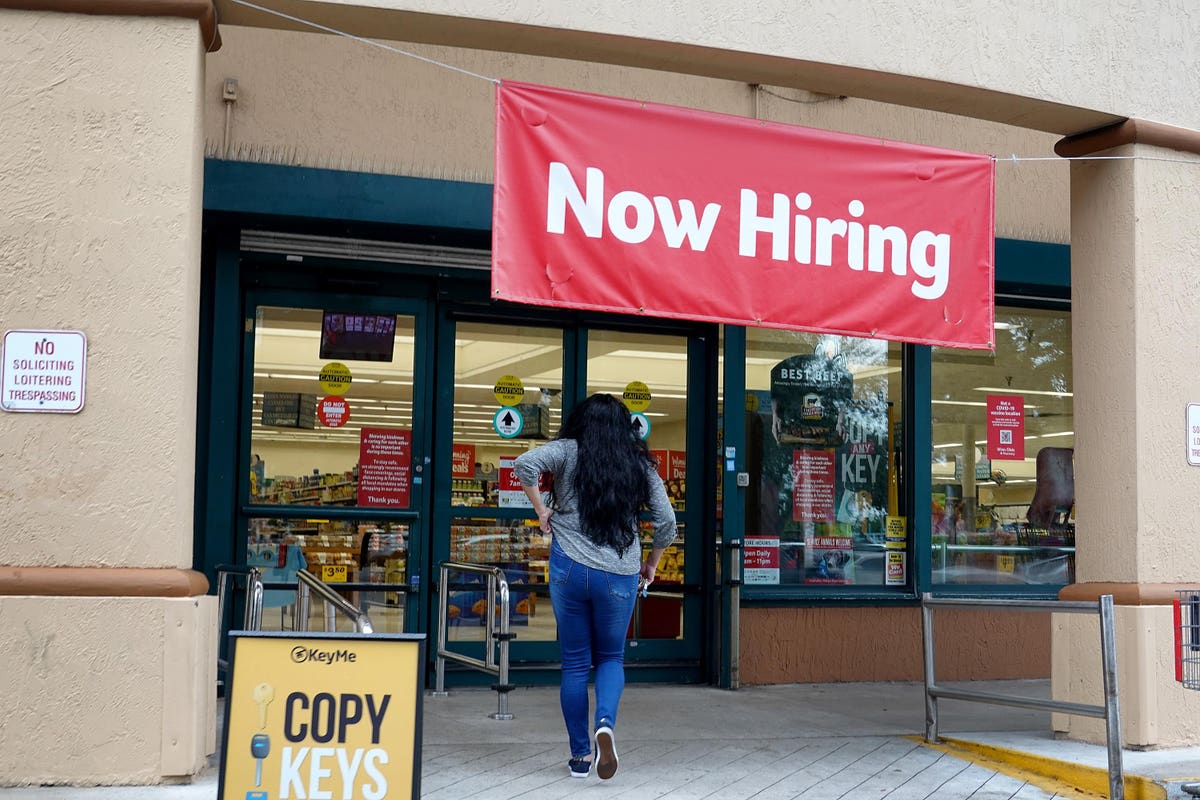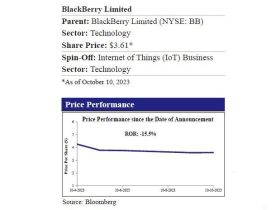In the BLS jobs report that just came out for September, the headline number is the overall growth of payroll jobs: 336,000.
That is a whopping number, roughly twice what most economists were predicting. In addition, the moderate payroll growth we initially saw in July and August disappeared, as payroll growth estimates were revised substantially upward. Over the past 3 months, payroll growth has averaged 266,000 workers – vastly more than what we thought a month ago.
The data also suggest that the large increase in job vacancy rates we saw in August – from 5.3% to 5.8% – is not just a statistical fluke. The labor market seems to have regained some strength, after months when it appeared to be cooling.
But does this mean that the Fed should resume major interest rate increases to slow the labor market down? I would say “Not so fast.”
There are other data in this report and other reports that suggest more moderation than the payroll numbers. For one thing, most of the payroll growth was concentrated in just 3 sectors: leisure/hospitality (96,000), government (71,000), and health care (41,000). Growth in all other sectors was quite moderate – especially in those like construction and manufacturing, which are sensitive to interest rates. Increases in transportation/warehousing were also very modest (9,000), suggesting that consumer demand for durable goods has really cooled.
The numbers in the household survey also did not match the payroll numbers. Virtually all numbers on workers – such as the unemployment rate and labor force participation – held steady. While the participation rate did not grow, some increases from months remained, perhaps creating enough new workers to fill the jobs that employers are still creating.
And, most importantly, wage growth has moderated. Average hourly wages rose by just 7 cents last month – or 2.5% on an annualized basis. Over the past 2 months, they have risen just 2.7%. In contrast, wage growth over the past year averaged 4.2% – a clear indication that wage growth is slowing down.
When we look at the inflation measures that the Fed takes most seriously – the core PCE inflation rate – that has been very moderate for at least 4 months, averaging just .2% per month (or about 2.5% over the year). Productivity growth bounced back recently, and has averaged over 1% in the past four quarters. This implies that wages can grow more rapidly than inflation without contributing more to rising costs, so the labor market is not a big problem right now.
The outlook for the remainder of 2023 and 2024 is very uncertain. Will there be enough workers to fill the jobs employers are creating? One slightly worrisome number in this report is that female labor force participation ticked down slightly in September (though for men it ticked up). As the child care subsidies in the relief plan end, it might be harder for mothers with small children to find the affordable child care they need, perhaps depressing their labor force activity somewhat. What happens to immigration might matter a lot in this case.
But, overall, the fact that the large payroll growth is concentrated in just a few sectors, and that it is not translating into high wage growth, gives the Fed some reason to pause before continuing to raise interest rates (beyond the one that will likely come before the end of the year).
Let’s see how the labor market trends in the next several months before we rush to judgment.
Read the full article here













Leave a Reply